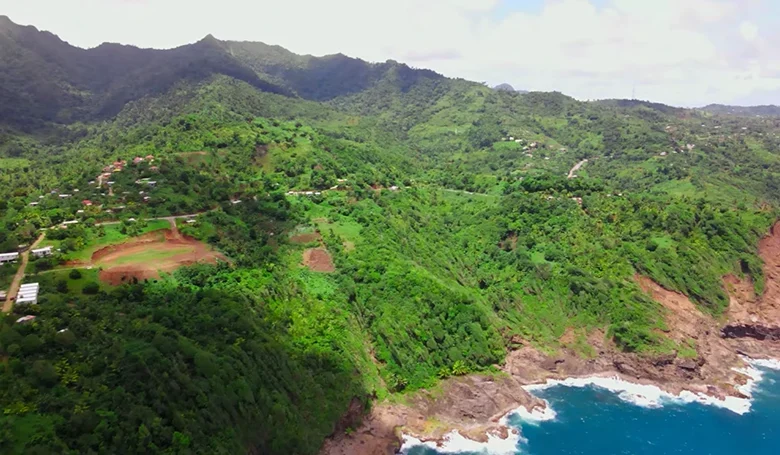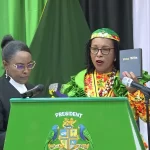Carib Reserve Act

The Carib Reserve Act was enacted in 1978 as part of Dominica’s legal framework to preserve and govern the Kalinago Territory, initially designated as the Carib Reserve in 1903. This legislation reaffirmed the territory’s boundaries and established a system of communal land ownership, ensuring that the Kalinago people would retain control over their ancestral lands. It also created the Carib Reserve Council (now the Kalinago Council) as a local governing body, with the Kalinago Chief acting as the chairperson.
The Act empowers the Council to manage the 3,700-acre Kalinago Territory, regulating land use, agricultural development, and infrastructure like drainage and sewerage systems. The Council can also collect dues and fees for the territory’s benefit. Notably, the Act prohibits the sale or transfer of Kalinago lands to non-residents, protecting the territory from external ownership.
Modern Amendments and Cultural Significance
The Act was amended multiple times, including in 2015 when it was renamed the Kalinago Territory Act to reflect a shift away from the colonial term “Carib,” a label historically associated with negative stereotypes. This renaming was part of broader efforts to restore cultural pride and assert the Kalinago people’s identity. The Kalinago Council oversees land management and ensures that the territory remains under communal ownership, promoting sustainable development and protecting Kalinago traditions.
The Act is pivotal in preserving the Kalinago people’s land and cultural heritage, safeguarding their rights while allowing them to maintain their distinct identity within Dominica.




